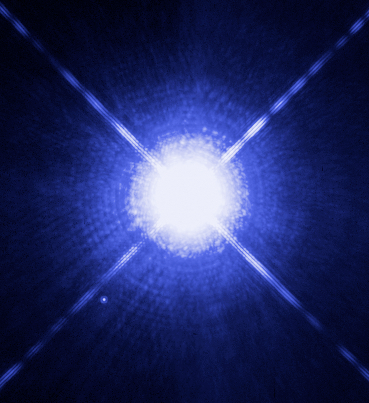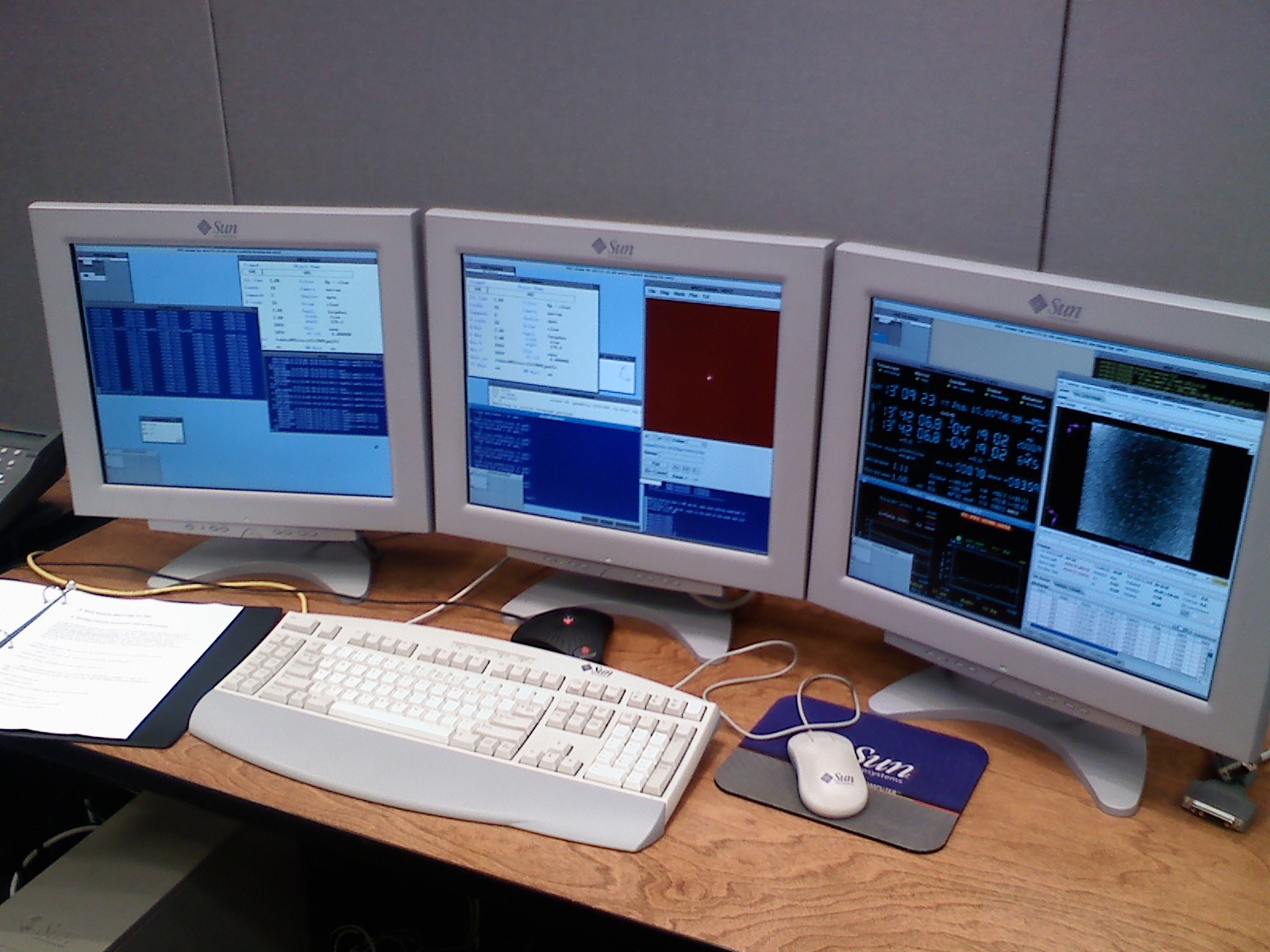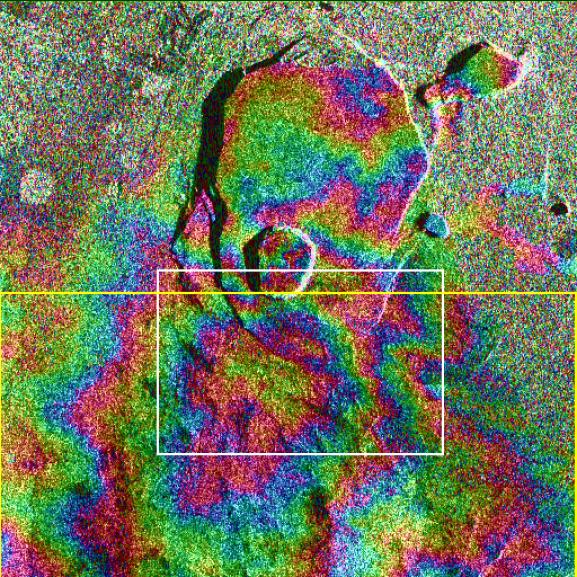I LOVE THESE
so much
Wow.
THAT IS SO INEFFABLY
GORGEOUS
<3
Let's see. A blog about astrophys. But that's not descriptive enough. Astrophysics is...perspective and time and life and metaphor. Yes. That's it. Perspective and time and life and metaphor.
 , where v is the relative speed of the two bodies, r is the distance between them, and a is the semimajor axis (a>0 for ellipses, a=∞ for parabolas, and a<0 for hyperbolas).
, where v is the relative speed of the two bodies, r is the distance between them, and a is the semimajor axis (a>0 for ellipses, a=∞ for parabolas, and a<0 for hyperbolas).
![r \approx a (1-e) \sqrt[3]{\frac{m}{3 M}}](http://upload.wikimedia.org/math/5/0/f/50fc57604cad722d8fae9e49a0544d13.png)
 |
| Sirius A (center) and Sirius B, a white dwarf . Sirius B is the point in the bottom left. Hubble. |
 lets us see that as matter is condensed (uncertainty in position decreases) the momenta uncertainty increases and the electrons must be traveling at a certain speed. When the pressure due to this speed exceed that of the pressure from the thermal motions of the electrons, the electrons are degenerate.
lets us see that as matter is condensed (uncertainty in position decreases) the momenta uncertainty increases and the electrons must be traveling at a certain speed. When the pressure due to this speed exceed that of the pressure from the thermal motions of the electrons, the electrons are degenerate. |
| The northern hemisphere from 5,200km |
 |
| Craters in various states of degradation. Taken in August. |
 |
| Radial velocity measurements (in km/s) of the transit of CoRoT-2 b, around an active G star. The spin-orbit misalignment angle is +7.2 ± 4.5 degrees. |
 is conserved. A perturbation may lead to a resonance between the two. Typcally, this results in the precession of the argument of pericenter, which then librates (oscillates) around either 90° or 270°. Increasing eccentricity while keeping the semimajor axis constant reduces the periapsis distance (the distance at closest approach), and the periapse occurs when the body is at highest inclination. The maximum eccentricity reached is independent of orbital parameters like mass and period:
is conserved. A perturbation may lead to a resonance between the two. Typcally, this results in the precession of the argument of pericenter, which then librates (oscillates) around either 90° or 270°. Increasing eccentricity while keeping the semimajor axis constant reduces the periapsis distance (the distance at closest approach), and the periapse occurs when the body is at highest inclination. The maximum eccentricity reached is independent of orbital parameters like mass and period:  .
. This was really enforced yesterday (the general case, not only the specific :D). Melodie, who has joined our ay20 problem solving sessions, generously invited me to observe using Keck's HIRES off-link thing at Caltech! We had a couple of lab write ups we wanted to do, and a Friday night seemed the best time to attempt them.
This was really enforced yesterday (the general case, not only the specific :D). Melodie, who has joined our ay20 problem solving sessions, generously invited me to observe using Keck's HIRES off-link thing at Caltech! We had a couple of lab write ups we wanted to do, and a Friday night seemed the best time to attempt them. |
| Delta function; in Fourier space it is a cosine function |
 |
| the top hat function, in normal (left) and fourier space |
 |
| Our setup, which included a video link to people in Hawaii at 9000ft elevation and at the actual telescope. Later we linked with the Princeton team. |
The geometry of faults is usually thought to be more complicated at the surface than at depth...The fault system that runs from southern California into Mexico is a simple strike-slip boundary: the west side of California and Mexico moves northwards with respect to the east. However, the Mw 7.2 2010 El Mayor–Cucapah earthquake on this fault system produced a pattern of seismic waves that indicates a far more complex source than slip on a planar strike-slip fault...The earthquake was on a system of faults that forms part of the late boundary between the Pacific Plate and the North American Plate. In the standard model, transform plate boundary structures are vertically orientated. But this 120 km rupture involved angled faults that were initiated on a connecting extension fault between the two segments. The surface trace is nearly linear, but the seismic rupture traveled through a complicated set of preexisting faults that dipped in various directions.
 |
| Interferogram of Kilauea |
 |
| I love architecture. [1] [2] [3] [4] |
 |
| My personal favorite, M13, a globular cluster in Hercules. It was one of the first things I saw through a telescope, in the middle of Joshua Tree. |